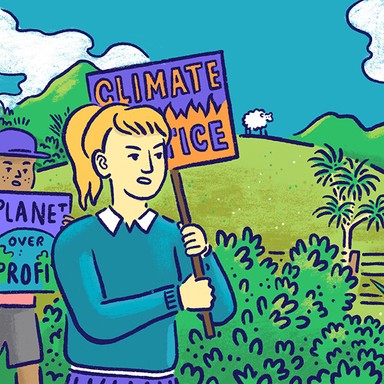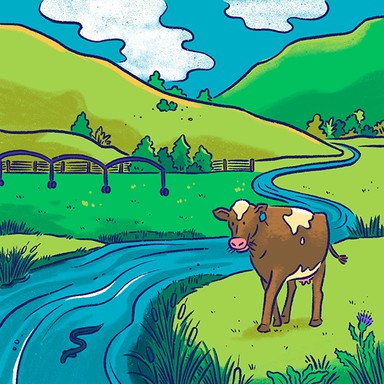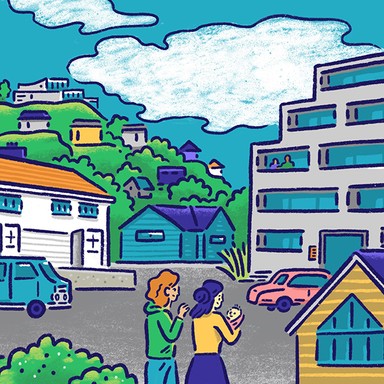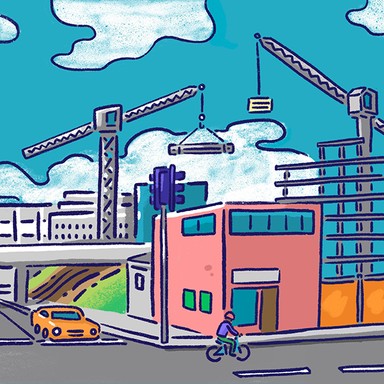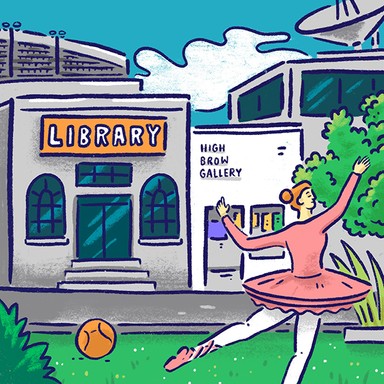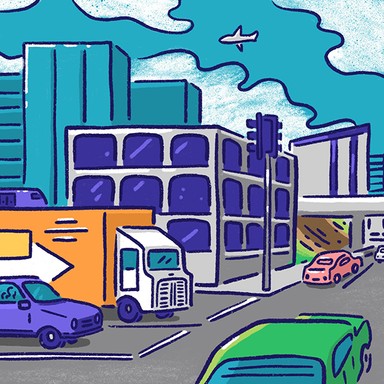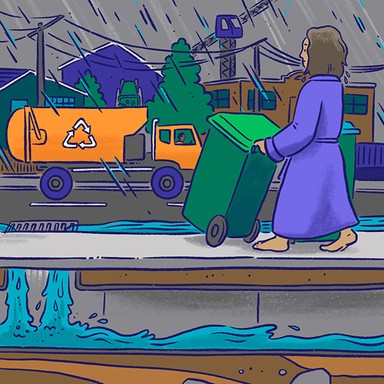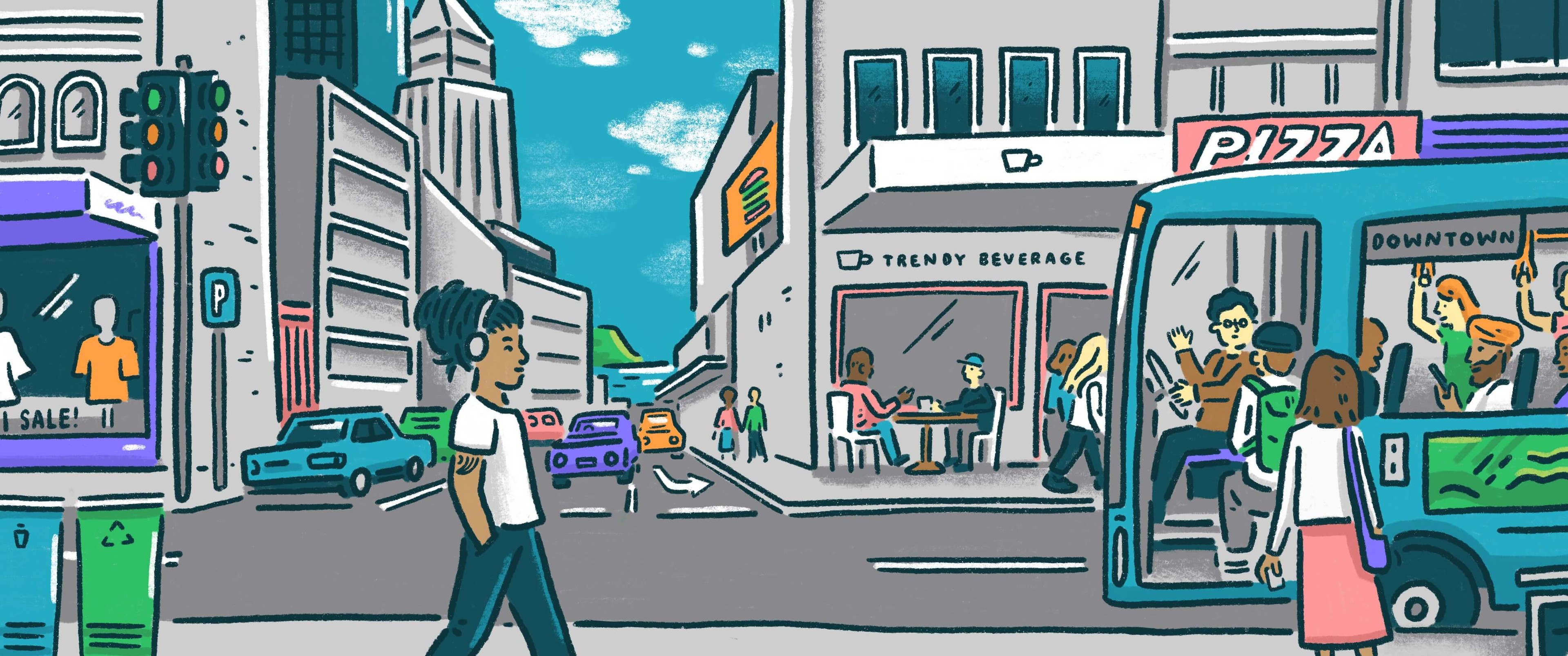
Gisborne District Council
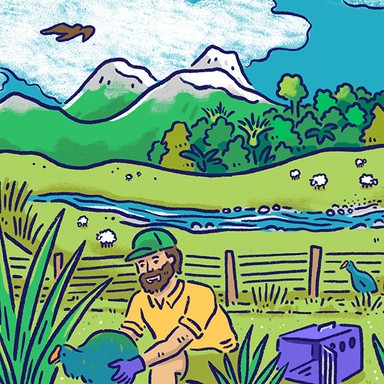
Environment and biodiversity
Protecting the environment and managing natural resources is a key responsibility of regional councils. Regional councils are often also involved in pest control and resource management.

Environment and biodiversity
Protecting the environment and managing natural resources is a key responsibility of regional councils. Regional councils are often also involved in pest control and resource management.
Protect native habitats by partnering with iwi, hapū and landowners to enable ecosystem restoration through kaitiakitanga-led action.
Reduce regional waste by supporting circular solutions, community education and strengthening all partnerships for a low waste future.
Ensure fair, transparent and culturally informed compliance to safeguard water, whenua and people.
Support voluntary biodiversity agreements between council and whenua Māori owners to protect native species, ecosystems and retain autonomy.
Create connected ecological corridors across Te Tairāwhiti supporting native birds, plants and other species affected by erosion, farming or development.
Establish a council fund to support whānau-led projects to regenerate biodiversity by innovative land uses like waste to soil systems.
Protect native habitats by partnering with iwi, hapū and landowners to enable ecosystem restoration through kaitiakitanga-led action.
Reduce regional waste by supporting circular solutions, community education and strengthening all partnerships for a low waste future.
Ensure fair, transparent and culturally informed compliance to safeguard water, whenua and people.
Support voluntary biodiversity agreements between council and whenua Māori owners to protect native species, ecosystems and retain autonomy.
Create connected ecological corridors across Te Tairāwhiti supporting native birds, plants and other species affected by erosion, farming or development.
Establish a council fund to support whānau-led projects to regenerate biodiversity by innovative land uses like waste to soil systems.
Mayor
Compare the mayoral candidates in your area
Local council
Compare the candidates for your city or district council
Regional council
Compare the candidates for your regional council
Local board
Compare the candidates for your local or community board
